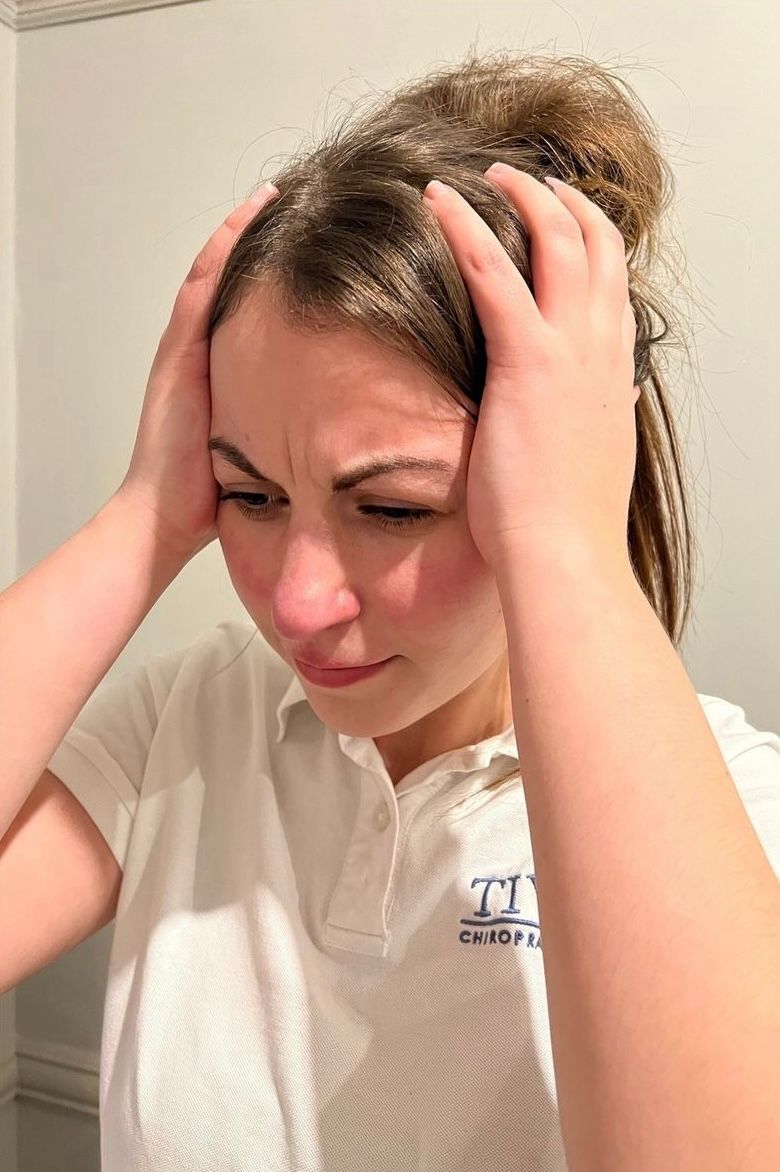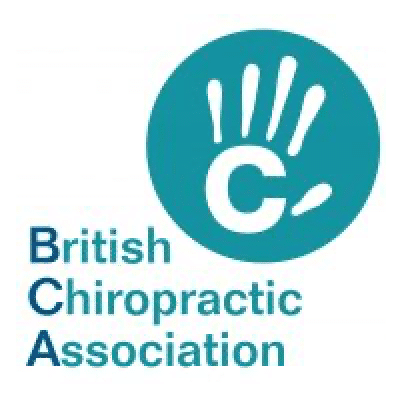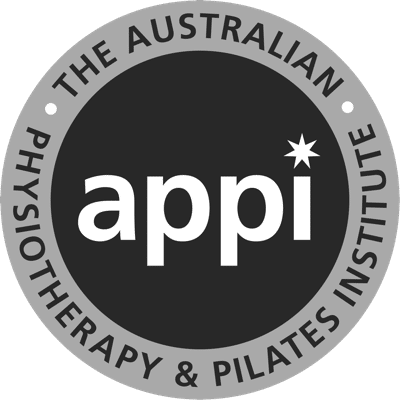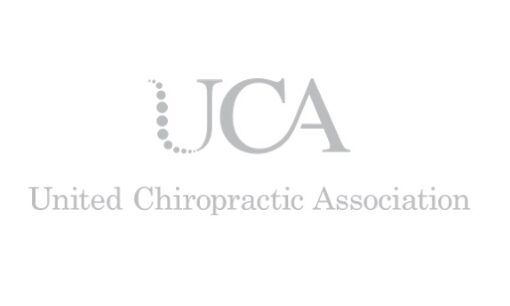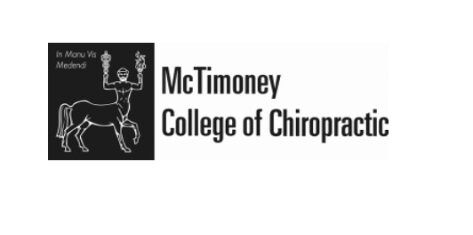Headache Handbook: Types, Causes & Treatment
Did you know that almost half of adults worldwide will experience a headache in any given year? (World Health Organisation, 2016)
What actually is a headache?
Headaches are defined as a pain or discomfort in the head, face or neck. There are over 300 types – with only 10% of these having a known cause!
Whilst extremely common, headaches should not be put up with and are signal that your body needs something!
What types of headaches are there?
There are two main classification of headaches.
- Primary headaches, mean that the headache itself is the main medical problem. It is not a symptom of an underlying disease or condition.
- Secondary headaches, mean that an underlying medical condition is causing the headache.
Primary headaches are split into a further 3 categories:
- Tension-type headaches: These are commonly described as pressure or a tightening around both sides of your head, face or neck. They typically last for at least 30 minutes. Despite this, they do not tend to stop you from doing your daily activities.
- Migraines: Commonly described as a pulsating or a throbbing on either one or both sides of your head, face or neck. Common symptoms include sensitivity to light and nausea. They are very painful and can last between 4 hours and 3 days. They will also stop you from doing your daily activities.
- Cluster headaches: These are headaches that are on one side of your head or face, and above one of your eyes. They are the most painful of the three primary types. The pain can be sharp, as well as burning, throbbing or tightening. Occasionally they can be described as like a “drilling into your head”. Your nose will often be blocked or running. You may find that one of your eyes will also be watery or swollen. You’ll experience this headache at least every other day for at least 2 weeks.
Secondary headaches can stem from anything, such as: medication over use, poorly managed blood pressure, dehydration and caffeine levels. As well as this, brain or systemic conditions can cause secondary headaches.
How can you treat/prevent headaches?
There are many treatment methods for headaches. However, they are dependent on the type of headache as well as the individual.
If you find your headaches are brought on by high periods of stress, then it may be worth taking Vitamin B12 supplements. Studies have shown this supplement helps to reduce stress levels, which in turn will reduce the frequency of headaches you experience.
We sell B12 in the clinic, so next time you are visiting us why not enquire about if they’d benefit you and purchase a pot?!
If your headache appears to be coming from a musculoskeletal source, such as muscle tension, neck stiffness or your posture, then seeking help from a Chiropractor may help in headache reduction.
Cutting out known “triggers” can also reduce headache intensity/frequency. The most difficult part of this is working out what your triggers are. My top tip is having a diary of your food, drink, exercise and other external facts – such as sleep or working routine. This will enable you to try and work out if there is a pattern leading up to a headache.
In addition, you could also:
- Drink plenty of water
In most mild cases, drinking water can help rehydrate you and reduce your headache. A study was done to test the theory that water can help reduce headaches. The researchers confirmed that 47% of individuals in the group who received the instructions to drink water felt improvement.
- Get some rest in a quiet, dark room
Light can make some headaches worse. Resting in a dark room remains one of the most common self-care practices in people with migraine.
- Use a cold compress or ice on the affected area
- Try to relax
Remember, no amount of headaches should be considered usual or ok!
If you would like some more support, book in to see one of our Chiropractors here. They may be able to help you get to the root cause of your pain!
